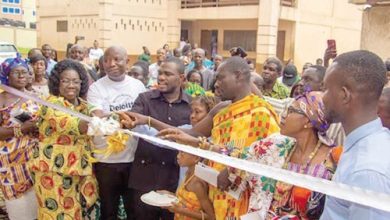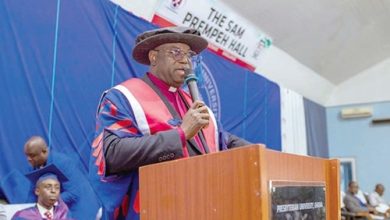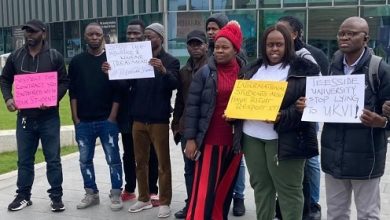Addressing gap between north, south non-negotiable
Abtvgh / Ghana International Border
There can never be any discussion about the development challenges of Ghana without the mention of the gap between the North and the South.
It is a well-documented fact that the country has performed poorly in bridging the development gap.
There have been numerous programmes to develop the north since Ghana gained political independence in 1957.
Unfortunately, most of them either underperformed or failed.
In recent years, Ghana has experienced a significantly better performance in terms of economic growth and poverty reduction.
But there is a fly in the ointment: in terms of development, a major north-south gap still prevails.
The issue was once again brought to the fore by a Professor of Migration and Refugee Studies at the University of Cape Coast, Professor Augustine Tanle, during his inaugural lecture last week, on the topic: “Interrogating North-South Seasonal Labour Migration in Ghana as a Livelihood Strategy.”
Prof. Tanle indicated that if efforts were not made to urgently bridge the gap in socio-economic development between the northern parts of the country and the south, the country could not achieve many of its sustainable development goal targets.
The origins of inequality in Ghana lie in geography – the lower rainfall, savannah vegetation and remote and inaccessible location of much of the north; the pre-colonial relationships between kingdoms and tribes, and the colonial dispensation which ensured that northern Ghana was a labour reserve for the southern mines and forest economy, and the post-colonial failure to break the established pattern.
Conflict has always been contained but the conditions leading to conflict have never been resolved.
The recurring conflicts continue to deter investment in the north.
The threat of that underlying insecurity makes Ghana prey to broader West African conflicting forces.
Some 60 per cent of the poorest populations are to be found in the five northern regions.
They are lagging behind at all levels: poverty, health, education, sanitation and unemployment, among others.
Indeed, the Savannah Region is home to a third of people living in poverty and three-fifths of people living in extreme poverty in Ghana.
Yet, it has 55 per cent of the country’s arable land and abundant water resources, thanks to the Volta River and Lake – which is the largest artificial lake in the world.
Development policies in the north have targeted food production instead of infrastructural development.
But food production cannot transform the north without efficient transport links.
This is because the north’s vulnerability includes the threat of floods, prolonged droughts, rising temperatures, unreliable rainfall, severe windstorms and other climate-related emergencies which are already negatively impacting agriculture and threatening productivity and food security.
The Daily Graphic is of the opinion that what the people need in the north now is unity to speed up development.
They should not let the underdevelopment cause disagreements and conflicts, but rather they should focus on fighting ignorance, poverty and hatred instead of fighting one another.
There is an urgent need to provide alternative sustainable livelihoods in the five northern regions to halt the worsening poverty and deprivation in the area.
As a nation, we have done poorly in bridging the development gap between the north and the south but it is never too late.
We, therefore, need strategies that can create opportunities for investments in agriculture and non-agriculture enterprises to create wealth and reduce poverty in the area.
To achieve this, we support the call by Prof. Tanle for a conscious effort by the government to set up industrial zones to create employment in the five northern regions and the setting up of more agro-based industries to help reduce poverty levels among the people to enhance socio-economic development.
The fear is that in the end, Ghana may not achieve Sustainable Development Goals 1,2, 4,6 and 10 which include no poverty, zero hunger, education, clean water and sanitation, and reduce inequalities if nothing is done to improve the quality of life in the five northern regions and their development indicators.
It is time to provide support for agriculture and farmers in the north to optimise their land use to enable them to produce enough to feed the nation.



